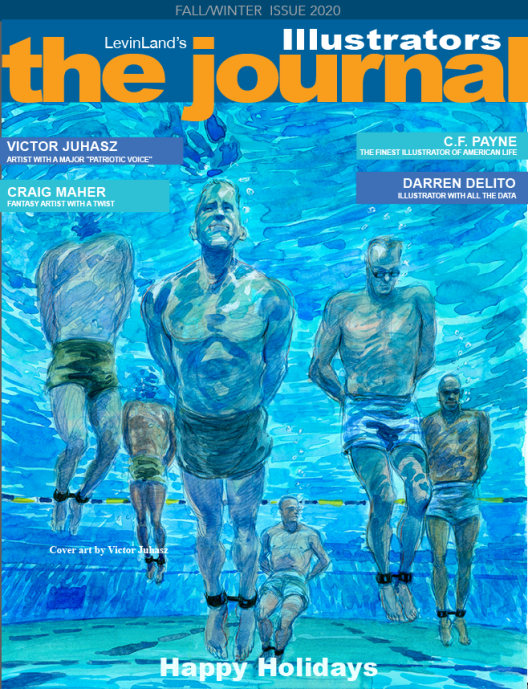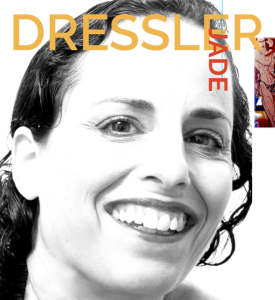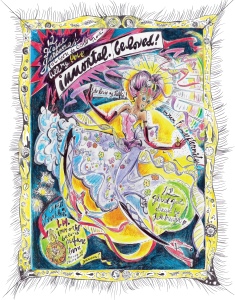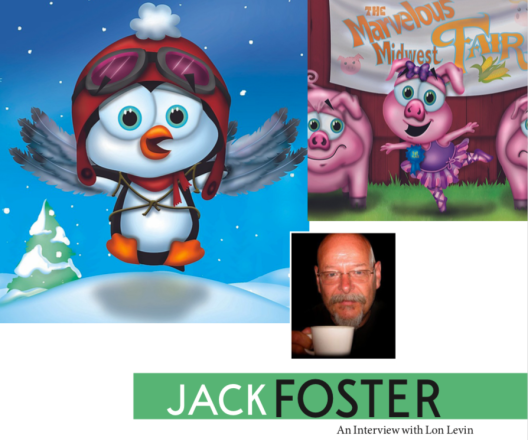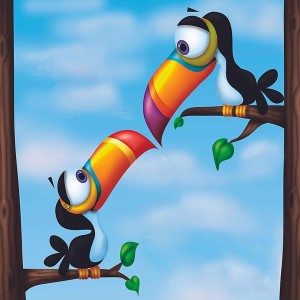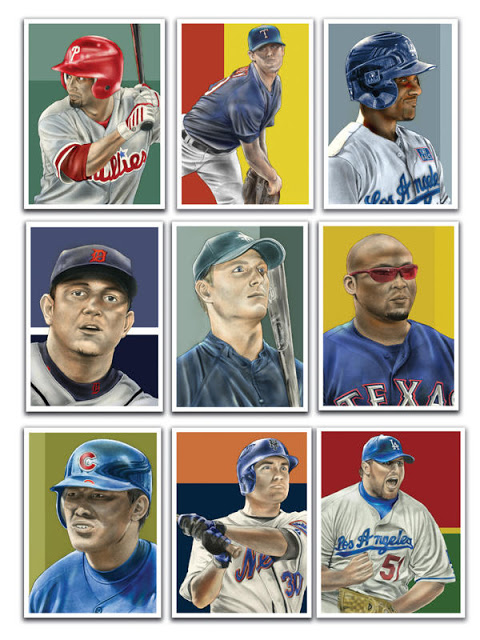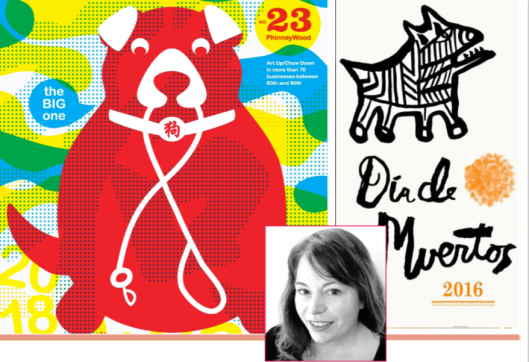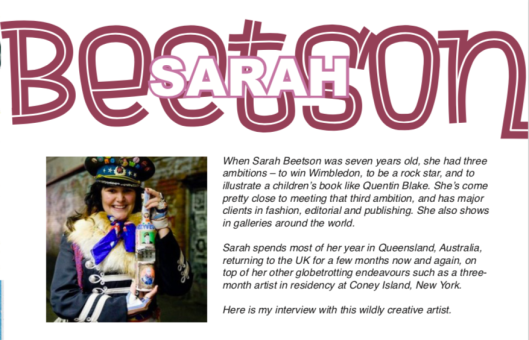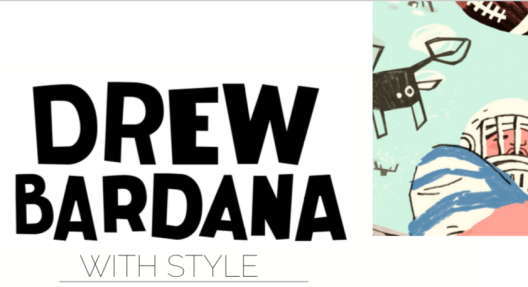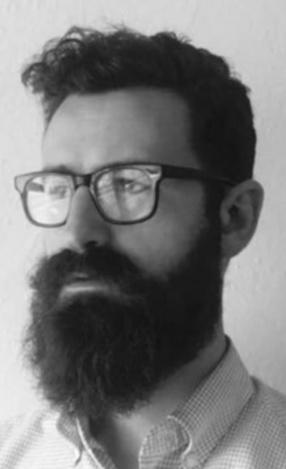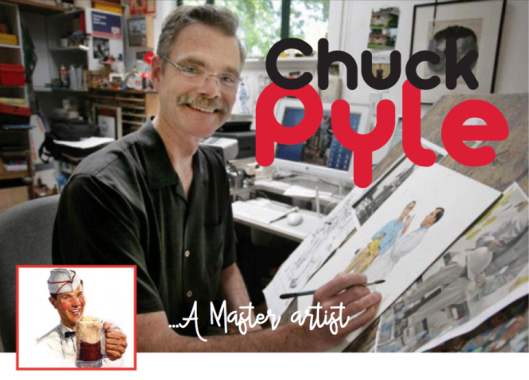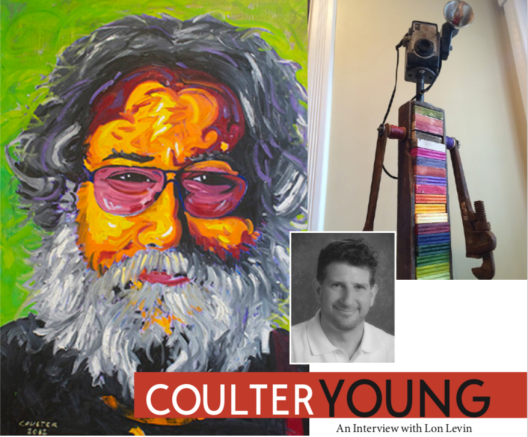What kind of kid were you? Where did you grow up? What were your influences?
My family is originally from Southern California, but I moved to Washington state when I was a child. My biggest influence grow- ing up was Dr. Seuss and P.D. Eastman. My favorite book was Go Dog Go. I would sneak off with a copy and read in private because I thought a 12 year old was too old to be reading a kids book.
As a child, I was an introvert. One of my favorite memories growing up involved the celebration of May Day. On May 1st I would pick flowers, ring the neighbor’s doorbell, leave a bouquet, then run away and hide.
Your style is very unique. Did you work on developing a style or is that what naturally came out of you?
My work came together very organically and quite naturally. Of course, when you start you have so many influences and “heroes”in your mind that you would like to emulate. That can create a lot of confusion. It can take a little time to finally focus and embrace who you really are. In my case, it actually happened quite early in the game. But you never stop developing your skills and expanding your visual vocabulary … that’s what keeps you interested, focused, and open to discovering new ways to express yourself.
What markets does your work appear in? Newspapers, magazines, galleries? How did that come about?
My income generating work tends to be packaging, branding and illustration. In the past couple of years I have done work for the New York Times, Hillary Clinton, Shout! (packaging for blu-ray videos) and the Seattle based retailer Nordstrom.
I also create posters for various arts organizations. Since museums and galleries tend to collect posters, many people see me as a poster designer.

